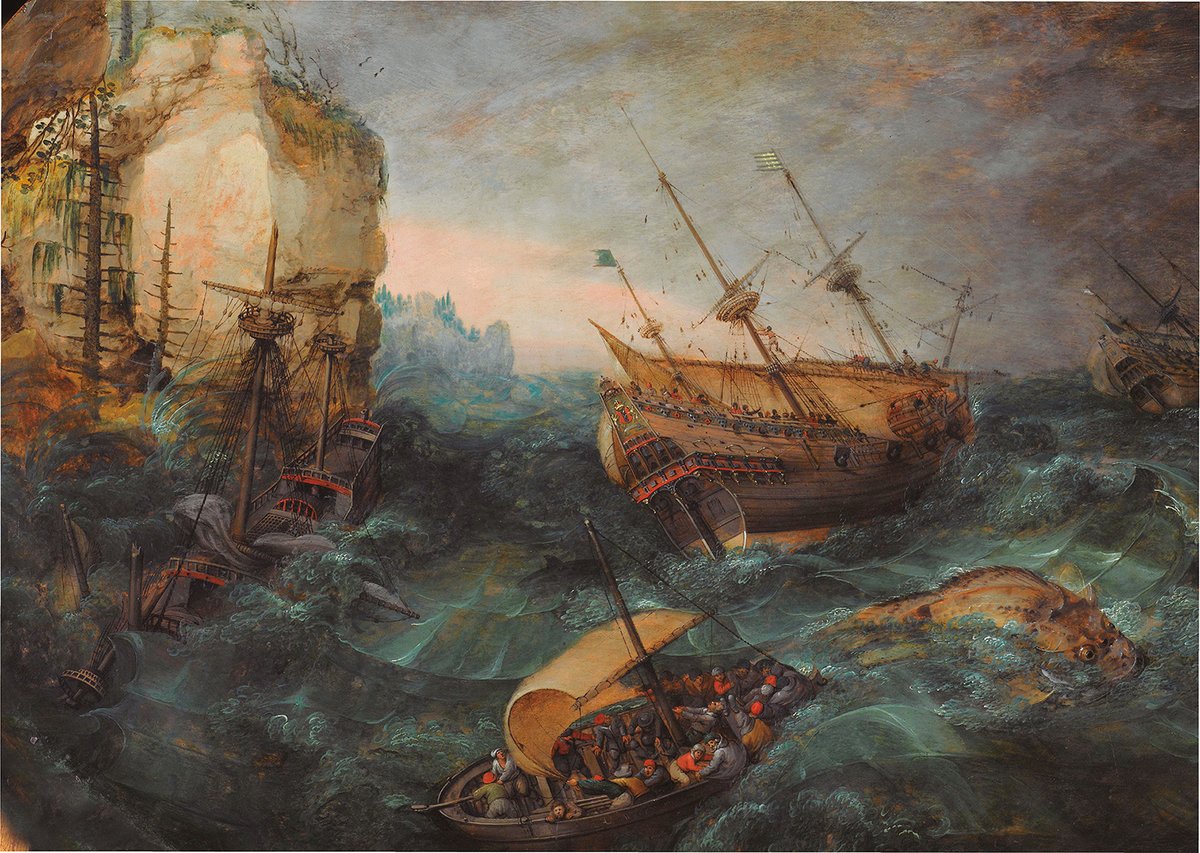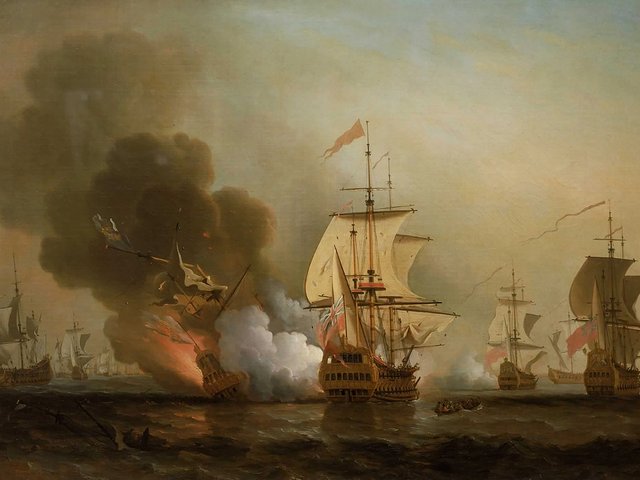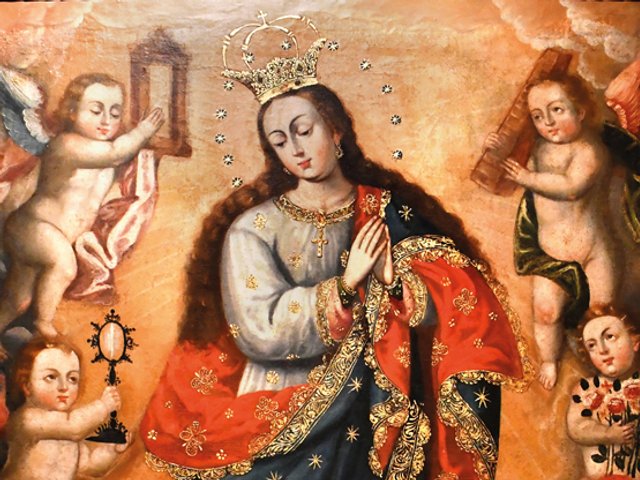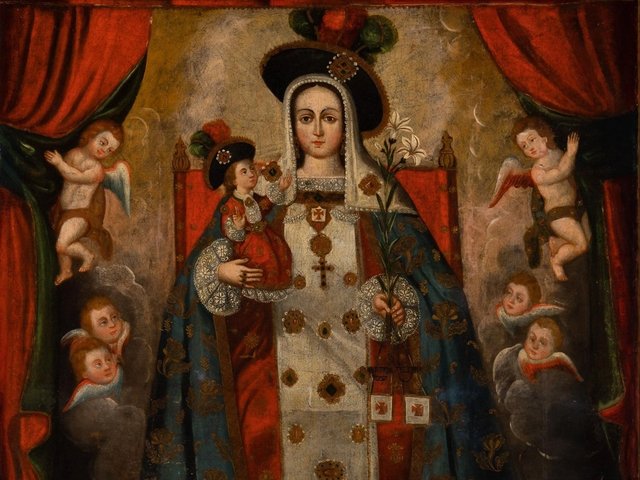“Let’s reconcile with God as there is no remedy.” These were some of the final words heard as, on 1 November 1631, a Spanish galleon travelling from Veracruz in New Spain to Seville, carrying silver and other treasures along with hundreds of souls, sank in the Gulf of Mexico. While this alone could fill the pages of a novel, a greater mystery is what happened next to the Nuestra Señora del Juncal, one of the most sought-after shipwrecks in the world and yet to be found despite six underwater expeditions and decades of research.
However, modern scholars have been able to reconstruct the galleon’s full history, thanks to the miraculous survival of 39 passengers, which is now published in Memorias de un Naufragio: La Historia del Galeón Nuestra Señora del Juncal. Through more than 25 essays by archaeologists, historians and other experts, this new publication recounts the galleon’s fate and examines the Carrera de Indias or sea routes between Spanish ports and viceroyalties.
“For over 300 years, ships built a long bridge of wood and sails across the Atlantic,” write Flor Trejo, Roberto Junco and Carlos León, the volume’s editors. “With their cargo, passengers and cultural exchanges, these dangerous trips linked the history of continents.”
Human error, bad weather and politics led to shipwrecks far more frequently than pirate attacks
Memorias de un Naufragio reveals how human error, bad weather and politics led to shipwrecks far more frequently than pirate attacks. This was also true for the Nuestra Señora del Juncal, which, adapted into an armed galleon, first led New Spain’s fleet from Seville to San Juan de Ulúa, Veracruz, in 1630. After successfully getting to port, the return journey proved more challenging and ominous. The captain died before departure, menacing Dutch pirates were spotted, and sailing in October risked nortes or freezing winds. Pressure from the Spanish monarchy prevailed, as the fleet was transporting valuable and urgently needed goods. Despite technical mishaps, the ship sailed last in a 13-vessel convoy, only to encounter bad weather and tragedy after 17 days at sea. As the galleon sank, a canoe intended to rescue a few noblemen stayed afloat. Some sailors managed to board this small vessel, while all the others drowned. Their survival initially raised suspicion, as they carried the jewellery handed to them by these noblemen for safe passage. Over time, their testimonies and the subsequent proceedings turned into key sources.
Treasure on board
Along with more than 300 passengers, the Nuestra Señora del Juncal’s cargo embodies transatlantic commercial and cultural networks. The overloaded ship carried two years’ worth of silver and coins collected from New Spain alongside silk, chocolate and grana. This latter item, an insect-derived dye from the cochineal, produces a vivid red colour then coveted across Europe and was the second most exported item after silver. While the book repeatedly refers to the cargo’s implications, its core argument is that the vessel must be valued for more than its wealth: indeed, the stories it carried are the real treasure.
The Nuestra Señora del Juncal’s tale also traces the development of underwater archaeology—and the darker shades of treasure hunting. In 1971, Robert Mark first registered the disaster site, drawing interest from looters and turning a tragic event into a myth. Over time, Mexico’s National Institute of Anthropology and History (INAH) created an Underwater Archaeology Division and in 1996 launched a project focused on the Nuestra Señora del Juncal. Although Mexican researchers led the initial efforts, with the last official search conducted in 2012, Spain later joined and regulations for underwater heritage were established.
Collaboration between the INAH and Spanish scholars resulted in an exhibition focused on the Juncal, and the catalogue was the first to publish the essays included in the present study. The exhibition was fittingly sited at Seville’s Archivo General de Indias (between 2021 and 2022), formerly Casa de Contratación de las Indias, the authority overseeing all Spanish sailing.
Varied in scope, the volume’s contributions cover topics ranging from shipbuilding, navigation routes and 17th-century politics to the significance of ports on both sides of the Atlantic and present-day underwater archaeological challenges. The texts are scholarly in origin and refreshingly accessible. Particularly compelling—and even entertaining—are the accounts of daily life on board, where danger and lack of hygiene co-existed with games and religious devotion. Trejo Rivera’s account of the disaster and Mario Humberto Ruz’s analysis of the impact on chocolate production, a European sensation, are also worth reading. The final section condenses key themes, including illuminating diagrams and facts, based on the Seville exhibition’s wall texts.
Reframing naval history
Even in a soberly academic edition, with few images, the text vividly depicts how sailing connected the world and offers a glimpse into decades of archival and on-the-ground research. At more than 400 pages, it also frames maritime history beyond romanticised notions of plucky adventurers and rampaging pirates: hopefully it will spark interest in a field still far from the mainstream.
For this volume, the INAH partnered with Mar Adentro, a newly founded Veracruz-based publishing house focused mainly on sailing history, which also owns a bookstore with a maritime section. All this makes the publication a tribute to an elusive vessel that has contributed to shaping Mexican underwater archaeology and inspired interdisciplinary research. In 2020, a new search expedition was announced, but its timing remains uncertain. Is the Juncal still out there?
• Flor Trejo Rivera, Roberto Junco Sánchez and Carlos León Amores. Memorias de un Naufragio: La Historia del Galeón Nuestra Señora del Juncal. Mar Adentro-INAH, 420pp, illustrated, 420 Mexican pesos (£16), published 31 October 2024





